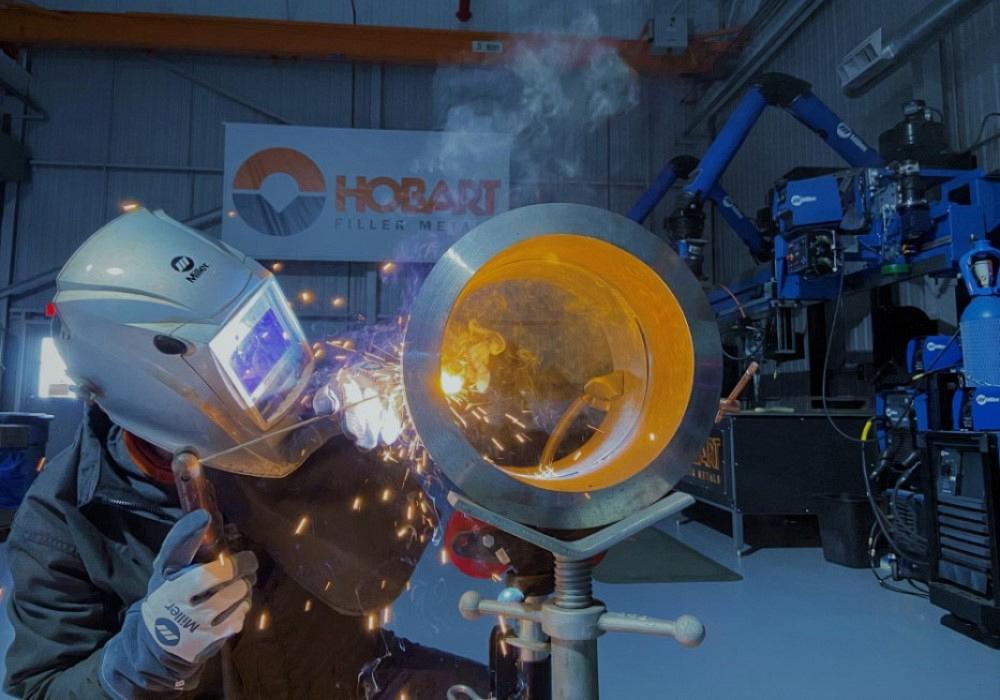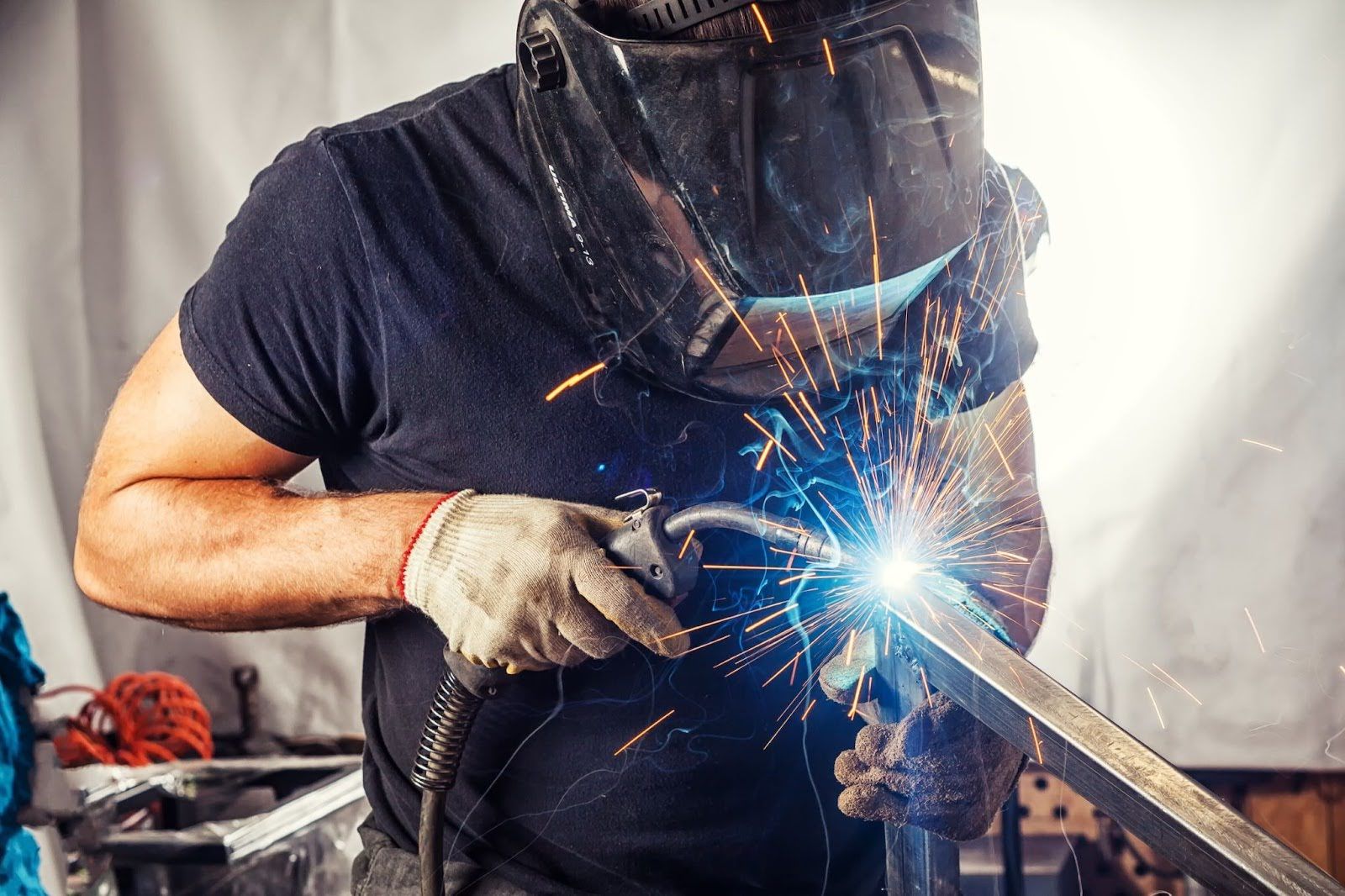Complete Guide to Preventing Weld Undercut: Tips and Techniques
Complete Guide to Preventing Weld Undercut: Tips and Techniques
Blog Article
Vital Tips for Welders: Avoiding Undercut Welding and Ensuring Stronger Weld Joints
In the world of welding, accomplishing strong and durable weld joints is the cornerstone of creating top quality job. One common challenge that welders frequently encounter is undercut welding, which can jeopardize the stability of the weld joint.

Understanding Undercut Welding
Undercut welding is an usual welding issue that takes place when the weld metal fails to appropriately load the groove and leads to a groove-like clinical depression along the weld grain. This defect weakens the weld joint, making it susceptible to fracturing and failing under stress and anxiety. Damaging can be triggered by numerous elements, including extreme welding present, high welding rate, improper electrode angle, inaccurate electrode dimension, and inadequate welding technique.
One of the primary reasons for undercut welding is an imbalance between the welding present and the welding rate. If the welding current is too expensive or the welding speed is too fast, the weld steel might not sufficiently load the groove, bring about undercutting. Furthermore, using an electrode that is too large can cause a comparable result, as the excess steel can not effectively flow right into the groove.
To stop undercut welding, welders ought to guarantee they are utilizing the correct welding specifications, preserve an appropriate electrode angle, choose the suitable electrode size, and technique correct welding methods. By dealing with these elements, welders can reduce the risk of damaging and create more powerful, more trustworthy weld joints.
Appropriate Welding Technique
Effective welding strategy plays an essential duty in guaranteeing the high quality and integrity of weld joints. Correct welding technique includes a mix of precision, adherence, and skill to best techniques. One fundamental aspect of correct welding strategy is preserving the right angle and range between the welding gun and the workpiece. Welders should likewise pay attention to the traveling rate and warmth input to stop issues like undercutting, porosity, or insufficient fusion.
Furthermore, a regular and steady hand motion is vital for producing solid and resilient weld joints. Welders ought to aim for smooth, uniform activities to make sure also circulation of the weld product. Appropriate manipulation of the welding gun and filler product is likewise crucial to accomplishing ideal penetration and blend.
In addition, controlling the warm input and selecting the ideal welding specifications based on the product being bonded are vital consider attaining high-quality welds - Preventing weld undercut. Welders should follow the advised settings provided by welding procedure requirements and change them as required based upon the specific requirements of the project. By grasping proper welding methods, welders can considerably improve the stamina and dependability of their weld joints
Selecting the Right Electrode
Preserving the proper angle and distance in between the welding gun and the workpiece is essential when considering the significance of choosing the ideal electrode in welding applications. The option of electrode plays a critical function in determining the quality and toughness of the weld joint. Electrodes come in different kinds, each designed for specific purposes and products.
To start with, picking the proper electrode size is essential. Thinner electrodes appropriate for welding thin materials, while thicker electrodes are better for thicker materials and greater warm applications. Matching the electrode size to the thickness of the work surface assists achieve a balanced weld.
Second of all, recognizing the material make-up of the electrode is essential. Various electrodes are made for welding particular materials like steel, stainless steel, aluminum, or cast linked here iron. Using the right electrode material guarantees excellent blend and lessens the risk of issues in the weld.
Last but not least, considering the welding setting and strategy is critical when selecting the electrode type. For example, specific electrodes are better fit for vertical or overhead welding placements, while others work well for level or straight placements. Picking the appropriate electrode based on the welding technique improves the general weld high quality and stability.
Preparing the Base Metal
To ensure a successful welding procedure, what first steps should be taken when preparing the base steel for welding? Correctly preparing the base metal is important for attaining long lasting and strong weld joints. The very first step in preparing the base steel is to clean it thoroughly to eliminate any impurities such as corrosion, oil, paint, or dirt. This can be done using a wire mill, chemical, or brush solvents. Additionally, any kind of existing weld material or residue from previous welding need to be eliminated to ensure a tidy surface for the brand-new weld.

Carrying Out Post-Weld Evaluations

After performing these assessments, welders should contrast the results against sector requirements and task demands to ensure that the weld joint satisfies all needed standards. Any kind of deviations or insufficiencies found during the post-weld evaluation ought to be promptly attended to via suitable rehabilitative procedures to assure the weld's honesty. By carefully carrying out post-weld examinations and without delay attending to any kind of concerns, welders can support the quality and integrity of their work, inevitably adding to the security and longevity of the bonded frameworks.
Conclusion

Finally, stopping undercut welding and making certain more powerful weld joints need a combination of proper welding method, selecting the appropriate electrode, preparing the base metal correctly, and carrying out post-weld evaluations. By comprehending the sources of undercut welding and carrying out the needed precautions, welders can create high-quality weld joints that meet sector standards and make sure the architectural stability of the welded parts.
Undercut welding is a common welding problem that occurs when the weld steel falls short to effectively fill the groove and results in a groove-like clinical depression along the weld grain (Preventing weld undercut). anchor Undercutting can be triggered by different variables, including extreme welding current, high welding rate, incorrect electrode angle, wrong electrode dimension, and poor welding technique
One of the major reasons for undercut welding is an imbalance between the welding current and the welding rate. If the welding current is as well high or the welding rate is too fast, the weld steel might not adequately fill the groove, leading to undercutting.Maintaining the proper angle and range in between the welding weapon and the workpiece is basic when thinking about the significance of choosing the right electrode in welding applications.
Report this page